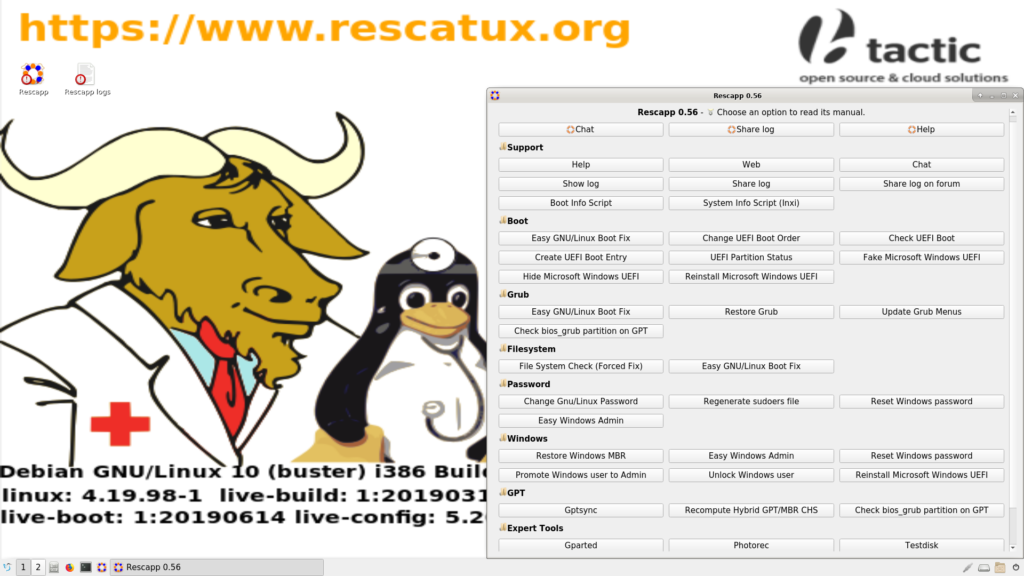

- #Grub4dos boot second partition install#
- #Grub4dos boot second partition windows 8.1#
- #Grub4dos boot second partition code#
- #Grub4dos boot second partition Pc#
- #Grub4dos boot second partition windows 7#
#Grub4dos boot second partition install#
Try booting from first partiion (copying to it the /minint folder).Ĭheck if your device is seen as "Removable" or "Fixed" and either install to the PE a Filter Driver or "flip the hardware bit", see this: See if using the modified NTDETECT.COM helps (if the cause is the second):
#Grub4dos boot second partition windows 8.1#
It can be caused by either the ERD having problems with your particular setup or by NTDETECT.COM problems with your hardware. I have two SSDs.The first one has Ubuntu 14.04 LTS and Windows 8.1 Pro.The second one has Kali Linux installed.Since I installed Kali Linux after Ubuntu and. Well, the 0x0000007b error means inaccessible boot device.

Of course, to actually access the disks or partitions with GRUB, you need to use the device specification in a command, like ‘set root(fd0)’ or ‘parttool (hd0,msdos3) hidden-’.To help you find out which number specifies a partition you want, the GRUB command-line (see Command-line interface) options.
#Grub4dos boot second partition Pc#
I thought it was going to work, but no dice.Īnything else I can try? Thanks so much for the assist! This means the BSD ‘a’ partition on first PC slice number of the second hard disk. Here the lz4 compression do not help improve so much the time as the VHD has very small free space. There is something interfering to let boot bigger size VHDs in this case. Syntax and everything went well UNTIL a blue screen about half way through the windows splash/load screen. If booting from grub2 and chainloading to grub4dos the biggest VHD capable to boot is 1.3 GB as just tested too.

Sector size (logical/physical): 512B/512B I can't find any options for os-prober that might let me skip that partition. I'm not sure if that's some important Windows boot manager, or just unallocated space. Sda1 is a 1 GB partition that shows as unknown in gparted, and doesn't have a file system that gparted recognizes.
#Grub4dos boot second partition code#
Did you install grub4dos at partition boot code at second partitions Try, extract second partitions boot code to a file.
#Grub4dos boot second partition windows 7#
I'd like both of these two primary partitions to show in the boot menu.įailed to probe /dev/sda1 for filesystem type grub4dos is already installed on the second partition, otherwise grldr.mbr couldnt be loaded from Windows 7 bootmanager. These were not found by general web searches as I would have expected.

Fill the created partition with you Win-7 backup (if you dont have enough space for it, resize other partitions to free some space beforehand). From now on, youll be able to create more logical partitions. Create a logical partition in place of the removed one. So I upgraded to the latest version, 0.4.6. Delete a partition from your current setup that refers to swap area, or linux swap.Youll be able to re-create and tune it later. The bootlace in the cloud page showed many more and later versions from 2009 - 12/2015. Windows 7 is on primary partition sda3, and I have another primary partition sda2. A second issue which may have contributed to success: I had been using grub4dos 0.4.4, and was aware of no later version. Linux Mint is on sda5, which itself is on the extended partition sda4.


 0 kommentar(er)
0 kommentar(er)
